Investigate new platforms for quantum information
Ki3 Photonics and Quantum Bridge Technologies from Canada have recently been awarded a grant of 450,000 US dollars from the US Air Force Office of Scientific Research to explore highly-entangled states of light towards cutting-edge functionalities in telecommunications and computing.
Entanglement, the linkage of particles despite their separation, is at the core of this research project. One of the most peculiar phenomena in quantum physics – the generation, control, and distribution of entangled particles – is a prerequisite to future quantum technologies, like computers, and their interconnection as part of local and distributed networks.
“We’re honored to receive this support, which we’ll use to quantify the advantages and limitations of large quantum states for quantum photonics infrastructures,” said Dr Yoann Jestin, co-founder and CEO of Ki3 Photonics.
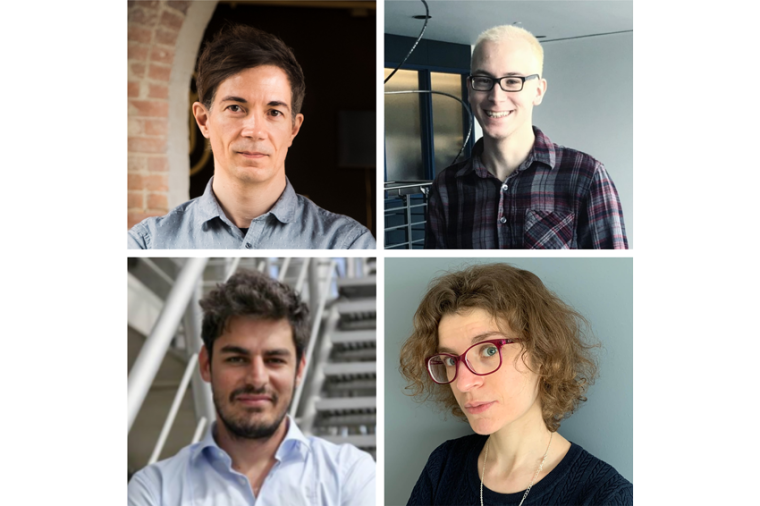
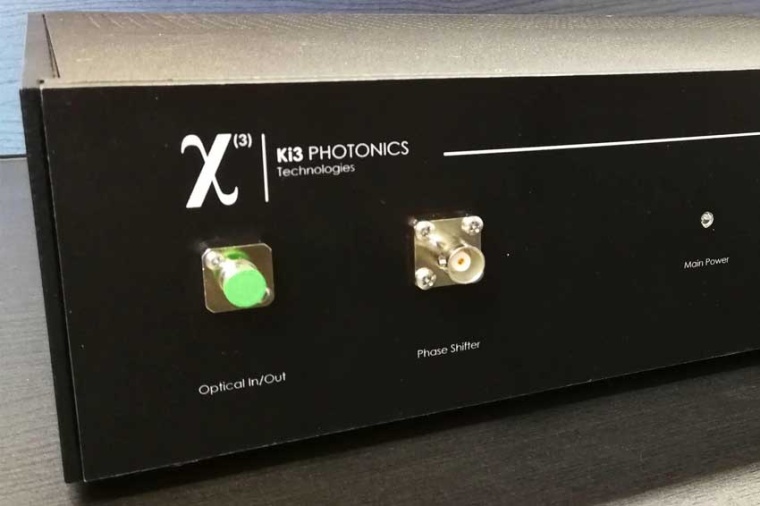
“More than anything, we need a deep understanding of how the creation and manipulation of large quantum systems can be scaled. We want to build computer simulators that can help us understand these phenomena,” said Dr Mattia Montagna, co-founder and CEO of Quantum Bridge Technologies.
As quantum information science undergoes major advances, especially in the fields of quantum computing and communications, such scalability is key. Entanglement plays a key role in the deployment of quantum networks at a large scale, but the technical challenges associated with its control continue to pose issues to experimental and theoretical physics alike.
For Dr Stefania Sciara, a quantum physicist at Ki3 Photonics working alongside the team, large quantum states are particularly necessary to increase communications distances, as part of all-optical quantum repeaters. “It would not be an exaggeration to call such states the holy grail of the field. Our approach can enable scalable measurement-based quantum computers, quantum repeaters, or even large networks of sensors based on quantum phenomena.”
Piotr Roztocki, the CTO of Ki3 Photonics agrees, but also acknowledges the limitations of human-based quantum investigations. “We just aren’t equipped to think in the high dimensions these states occupy. Computers are, which is why we’re targeting a framework that combines recent advances in learning and optimization towards these hard problems we’re facing. We’re optimistic about our chances.”
Company
Quantum Bridge Technologies Inc.100 College Street
Toronto, ON M5G 1L5
Canada
most read
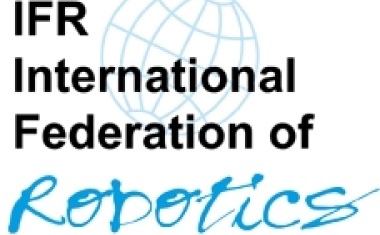
Europe's automotive industry is increasingly focusing on automation
The European automotive industry continues to invest heavily in the automation of its production, as preliminary figures from the International Federation of Robotics (IFR) show.
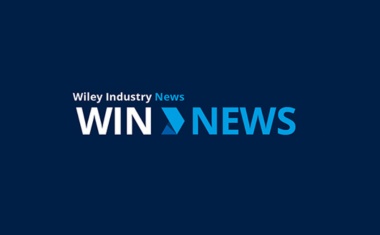
Hexagon plans spin-off
Hexagon plans to spin off its Asset Lifecycle Intelligence and Safety, Infrastructure & Geospatial divisions into a new company called Octave.
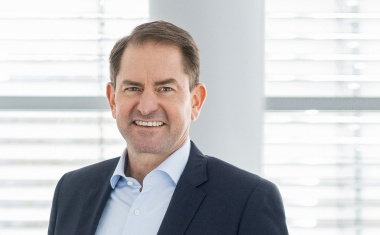
Lenze Group reorganizes its Executive Board and focuses on transformation
As part of the reorganization, Dr.-Ing. Claus Bischoff (CTO) left the company in April and Dr. Achim Degner (CFO) in July.

New member of the board of VDMA Robotics + Automation
Dr. Michael Jürgens, CEO of Kuka Robotics, has been appointed to the board of the VDMA trade association.

Qioptiq Photonics becomes Excelitas Germany
The renaming is part of the global consolidation of the Excelitas Group.






